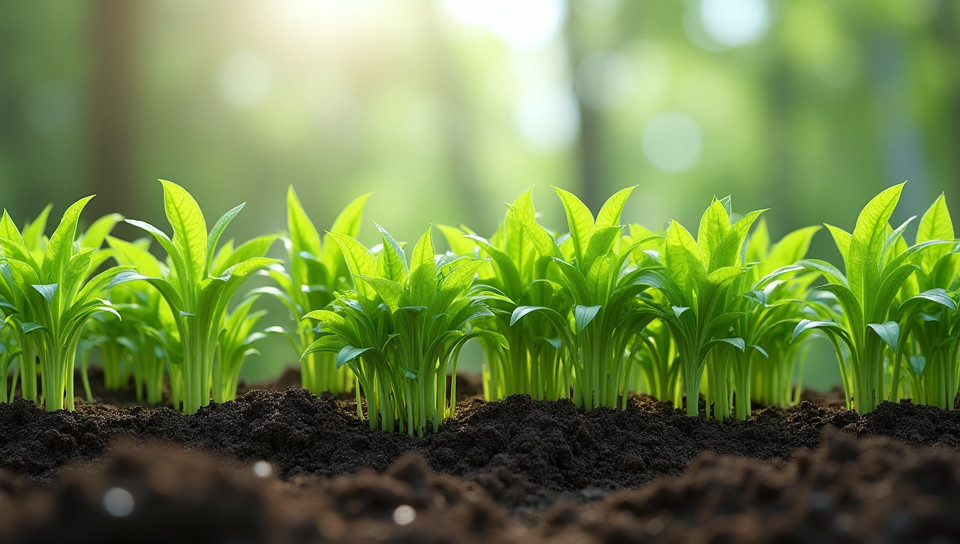Plant growth enhances insulation 79%

Harnessing the Power of Nature: How Plant Growth Enhances Insulation
As we continue to grapple with the challenges of climate change, finding innovative ways to reduce energy consumption and carbon emissions has become more crucial than ever. One often-overlooked solution lies in the natural world – specifically, the way plants can enhance insulation in buildings.
The Science Behind Plant-Induced Insulation
When plants grow, they create a unique microclimate that can significantly impact the surrounding environment. Through a process called transpiration, plants release moisture into the air, which in turn cools the surrounding area. This cooling effect can be especially pronounced in urban environments, where the heat island effect is often most pronounced.
The Benefits of Plant-Induced Insulation
The benefits of plant-induced insulation are numerous:
- Reduced energy consumption: By providing natural cooling and shading, plants can reduce the need for air conditioning and other cooling systems.
- Improved indoor air quality: Plants help to purify the air by removing pollutants and toxins, creating a healthier environment for occupants.
- Enhanced aesthetic appeal: Green roofs and walls can add visual interest and beauty to buildings, making them more attractive and desirable.
The Role of Plant Growth in Insulation
Plant growth plays a crucial role in enhancing insulation through several mechanisms:
- Leaves absorb carbon dioxide and release oxygen during photosynthesis, contributing to a cooler microclimate.
- Roots help to stabilize the soil, reducing heat transfer between the earth and the building above.
- Stems and branches provide structural support for the plant, allowing it to grow taller and more dense.
Conclusion
As we continue to navigate the complexities of climate change, finding innovative solutions that harness the power of nature is essential. By leveraging the natural insulating properties of plants, we can create more sustainable, energy-efficient buildings that not only reduce our carbon footprint but also provide a healthier and more aesthetically pleasing environment for occupants.
- Created by: Alessandro Barone
- Created at: Dec. 19, 2024, 1:59 p.m.
- ID: 16819


